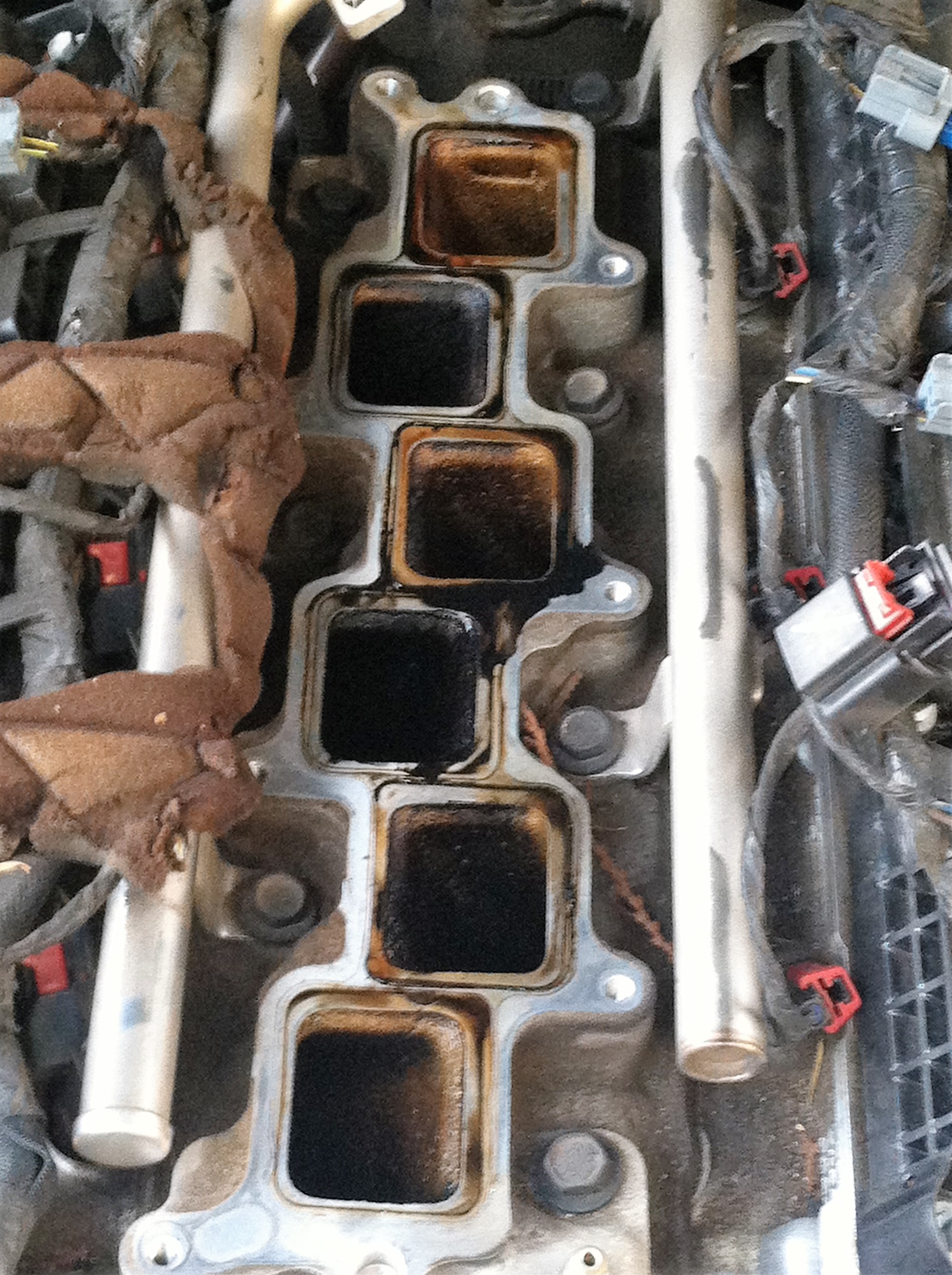This is what you need to know about the tire spare. What types of spare tires are there? What are the rules for spare tire use?
A few car manufacturers no longer include a fully-fitted spare in their vehicles. The reason is that the vehicle’s luggage isn’t large enough to accommodate a spare tire. These temporary tires, commonly called “donuts”, tend to be thinner and more versatile. In an emergency, it is crucial to know where your vehicle is located. Your spare tire should be maintained regularly.
Compact Temporary Spare Tires
A compact spare wheel or “donut” is the most common type of spare tire. It is more popular in newer vehicles. These tires, which are inflated on the trunk floor, are smaller in size. These tires require less storage space than a full-size compatible spare tire. Because they are lightweight and have a shorter tread depth, compact spare tires can be fitted to your vehicle’s specifications.
Driving distance and speed limits
You should not drive over 80 km if you have changed the tire on your vehicle to a smaller spare. Maximum 80 km. Speed is essential. You must drive fast and go longer distances to reduce the tire’s pressure, which can cause it to burst.
Driving Control Problems
Compact spares are small and can disable ABS and traction controls. Some vehicle features, such as the speedometer, may be affected by it. Narrow tires decrease the amount of traction. Avoid sudden acceleration, braking and manoeuvring. Compact spare tires are not recommended for towing a trailer. They are not able to carry the same weight. They can cause mechanical problems like differential failure if used long term.
For a compact spare tire, you should inflate it to 4.1 bar (60 PSI). Pump air into the tire if it falls below that pressure. In an emergency, you might want to keep a small inflator in your car. You should keep in mind that a tire’s normal life span is six years. If it wears out, the tire must be replaced.
Full Size Compatible Spare Tire
Automobile manufacturers no longer prefer “exactly size compatible” spare tires due to their limited space. If you have this option, it’s a smarter choice to carry a full-size compatible spare tire rather than a compact one. You should include the full-size compatible tire as a spare in your vehicle’s tire rotation. A full-size replacement tire is available at your local repair shop, unlike temporary tyres.
Non-Exact Size Compatible Spare Tire
This is a different-sized tire than what you already have. It is best to not include this type of tire in your vehicle’s tire rotation. This type of tire can be used for longer periods than smaller tyres.
Full Size Temporary spare tire
They are temporary, much like compact spare tires. This tire is lightweight and has a small tread depth. The size of the tire will be adjusted to fit your vehicle. They will not affect ABS or traction controls. You won’t overload your vehicle. They are lighter than most tires so they should not be used in an emergency.
Temporary spare tire for folding
You can fold these tires by taking out the air. These tires take up less space than other tires. A pump is required for your vehicle. It’s not easy to use, as it needs to be inflated. It is intended for very limited use. You can drive 80 kilometers an hour. Maximal speed is recommended.
It is a good idea that you check your car for any emergency. Your car may not be completely functional if it is at zero. 28% sold 2017 models without spare tires. You should have all the necessary equipment to change a tire. This includes a jack, wheel wrench, and an owner’s manual.

















